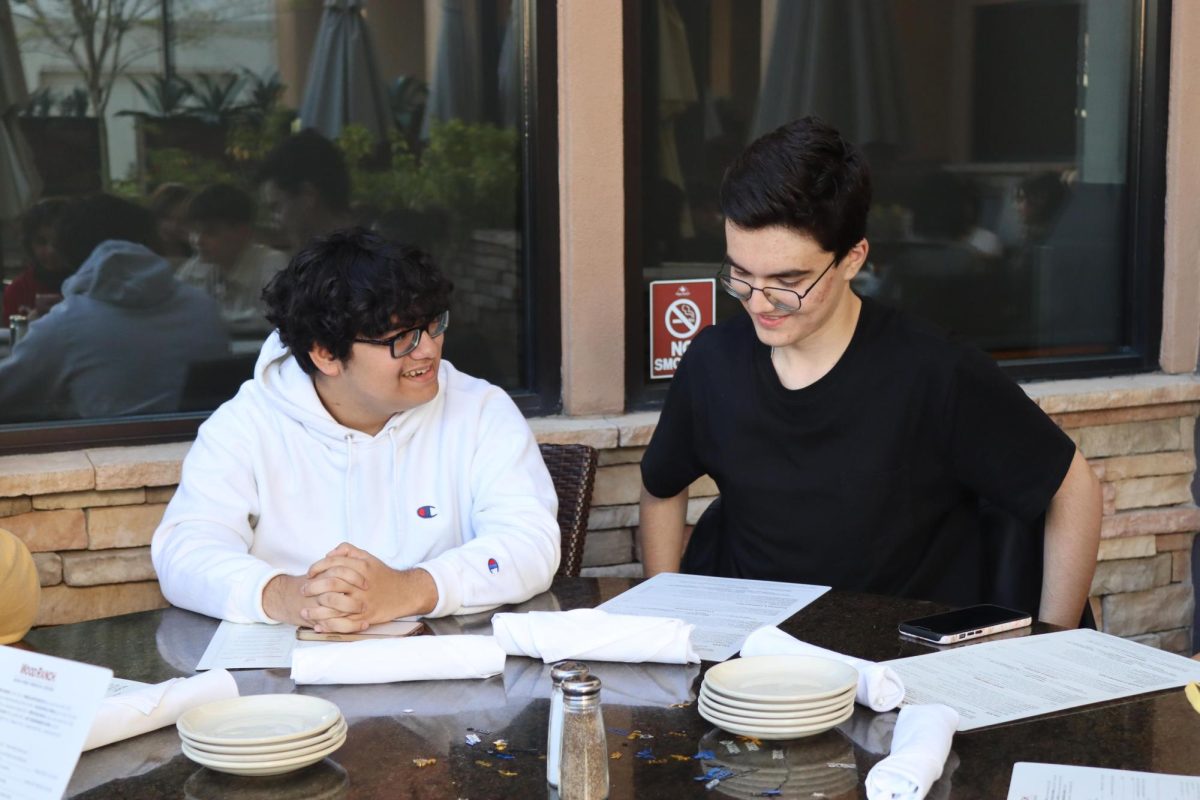Editorial: Fundraising limitations cause stress for clubs and classes
March 6, 2015
Prom. Grad Night. Class rings. Caps and gowns. It’s senior year and these are just a few of the things students look forward to as they reach the end their high school experience.
However, with the tighter restrictions on fundraising, families may be forced to pay more.
When DPMHS was established in 2009, the district classified the school as an elementary school due to the small population. However, the district realized that we are in fact a high school and therefore deserve all the things a “normal” school would have, including a financial manager.
Tammy Tran, the school’s financial manager, is required to oversee the school’s fundraising and make sure all the district rules are followed correctly. Before her, much of our fundraising was done in a more relaxed manner, allowing those groups running fundraisers (classes, clubs, etc.) to take all of the profits.
Now that the district hired a financial manager, administrators are forced to implement the restrictions. Though there are many, the rule that will most affect students is that 50 percent of any fundraising proceeds must go to the student body. Before this year, the sponsoring class or club in charge of the fundraiser was able to keep all the money raised.
Starting with the class of 2016, fundraising will become more and more difficult.
According to District documents, “Some of the activities/expenses that general student body funds support are: sports teams, facilities, graduation, newspaper, yearbook, drama productions and other expenses.”
It is understandable that the District wants to fund the general student body, but it can be hard to get all students on board with this idea, since representatives from each class must vote on what the money is spent on. For example, convincing underclassmen to donate money to a specific cause, especially a cause they won’t be a part of, say graduation or caps and gowns for the seniors, is easier said than done.
While cost of prom is already high, last year’s prom was $75, and it will most likely increase in the upcoming years. Senior dues, which was $50 the past two years, helps pay for various costs, could also be raised.
“I quit,” Senior class sponsor and social sciences teacher Robert Hoeks said. “I quit fundraising because it’s getting harder and harder. (Future) classes are going to really work hard since they’re not able to fundraise the same way.”
One option is to ask all families to donate money to the school at the beginning of the year and if the parent asks that the money be donated to a specific place, the entire amount goes there. For example, if a parent donates $25 and asks it to go to the senior class, half does not have to go the general student body.
Despite this “loophole,” few take advantage of it, which gets us back to square one: no matter what students do for a fundraiser, half of whatever they make will essentially disappear into the inaccessible void that is the general student body account.
The 50 percent rule seems counter-productive. If LAUSD truly does want each and every one of its students to succeed, should it not try to support both the student body and the varied sections within it?
Perhaps LAUSD could amend the policy so that the percentage is reduced to 25 percent; this lets the club/class still have profitable fundraisers while insuring a portion of money for the student body’s use. With the amount of fundraisers that are run, even with the 25 percent figure, the student body will receive plenty of funds.
What if the policy stays as it is, with half of clubs and classes’ proceeds being sent to the student body? Fundraising remains just as difficult and probably becomes even harder. In order to account for the student body’s “cut,” groups will have to double the amount they raise at fundraisers just to get the amount they wanted and hope that more families are willing to attend.
In short, students and parents should plan on spending more money, especially during senior year.






